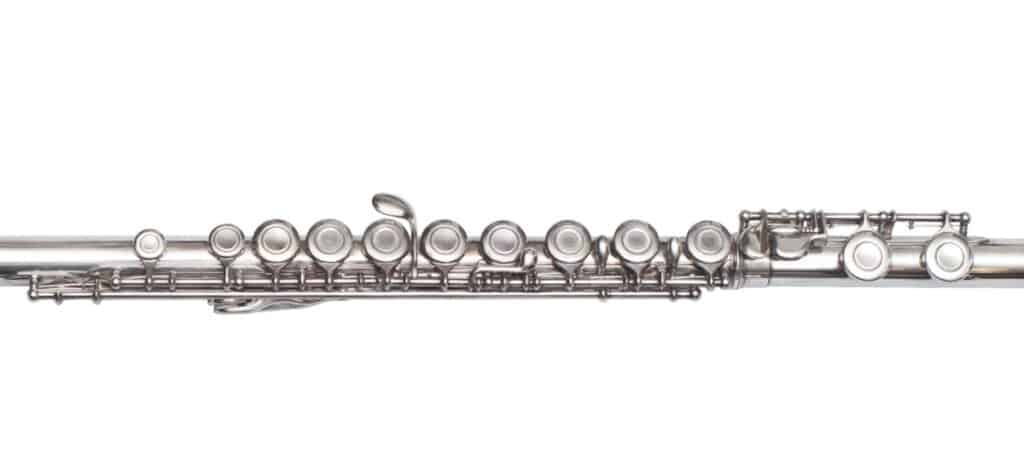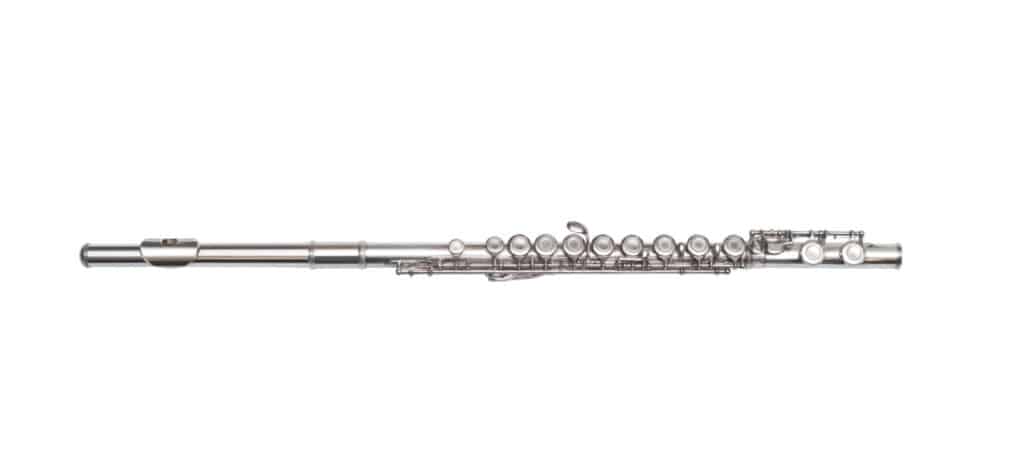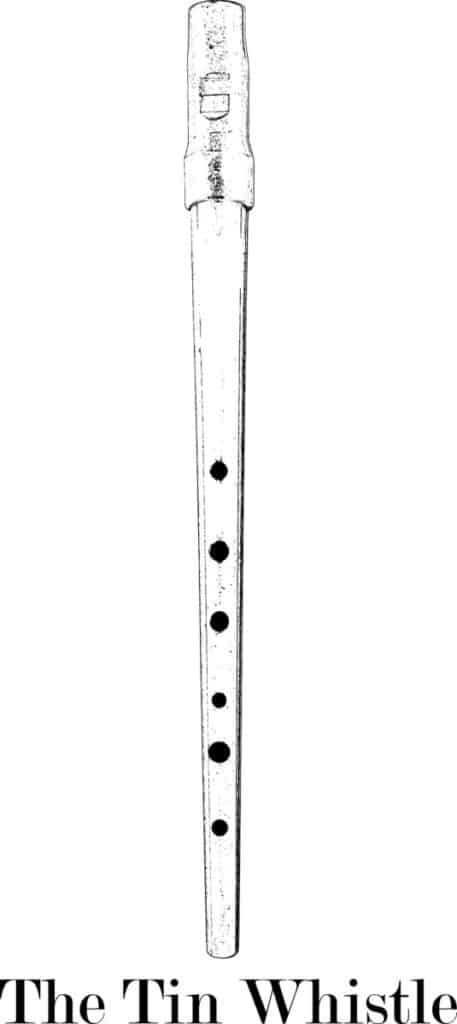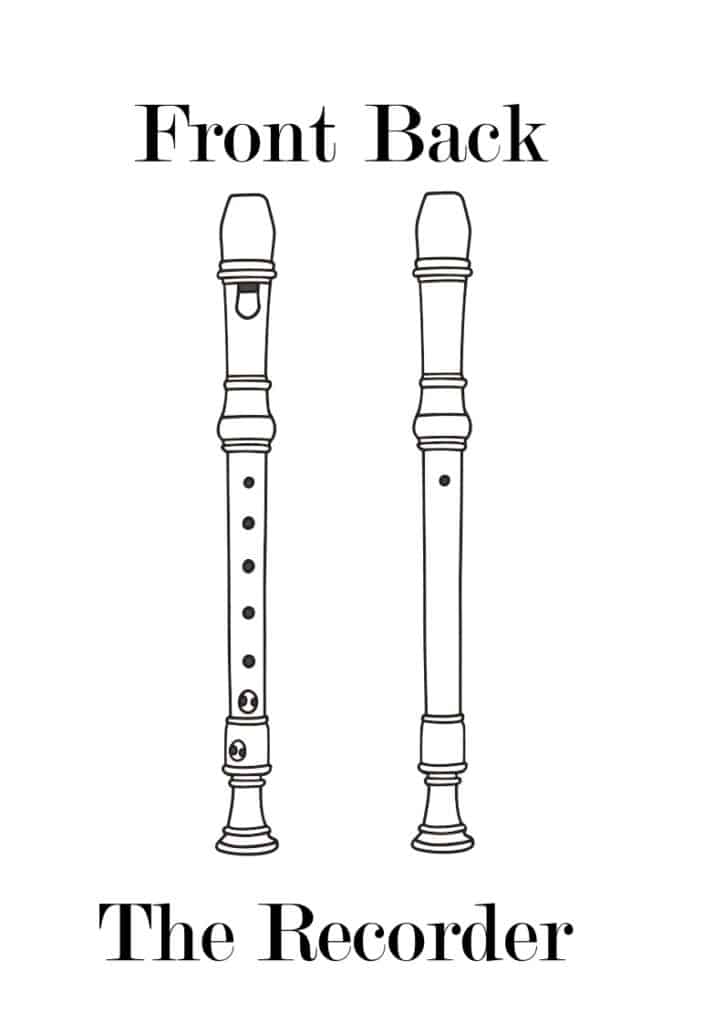This post contains affiliate links. We earn commissions if you purchase products from retailers after clicking on a link from our site. As an Amazon Associate, we earn from qualifying purchases.
As I’ve been learning about different instruments I’ve asked some of the most basic questions, such as how many sound holes does a flute have–I’ve been blown away by how little information there is out there about this! Let’s solve this, once and for all.

By the way, looking for recording equipment and musical instruments? Check out Sweetwater.com for microphones, monitors, audio interface or any other recording gear that you could ever need. (Affiliate Link)
| Flute Type | # of Sound Holes |
|---|---|
| Standard Student Concert Flute With C Foot Joint | 15 |
| Professional Concert Flute With B Foot Joint | 16-17 |
| Standard Piccolo | 13 (kind of 14) |
| Tin Whistle | 6 |
| Standard Baroque Recorder | 10 |
So, first off, I’m defining a sound hole as a both a key and a hole. In other words a different place for your fingers that you either cover a hole directly or push a key which covers a hole or a combination of holes.
So what are all these buttons and holes for? Well, I didn’t know this either, but these buttons are not all used equally for some flutes! The concert flute and particular has several buttons that you may go through a song without pushing down but instead they have very particular purposes, such as for trilling.
Which Concert Flutes Have Which Sound Holes?
This is a terribly confusing topic. I’m amazed for such an ancient instrument how difficult it was to find some of these data–but never fear! I did the hunting for you:
Standard Student Concert Flute With C Foot Joint

With the C foot joint, the standard student concert flute has 15 keys.
Just a note (ba doom psh), a student flute can have a B foot joint, as well.. it’s not limited to professional flutes–you will see them on student and intermediate flutes as well, but it’s common for student flutes to have a C foot joint without the extra gizmo key.
Additional Keys On Intermediate/Professional Flutes
The 17-key flutes are typically flutes that have a B Foot Joint. The B foot joint is a longer foot joint than the C foot joint and most often (but not always especially on older flutes) features an extra key called the Gizmo Key.
Gizmo Key
The gizmo key is a paddle on the lowest section of the flute (the foot joint) that gives the flute player access to a more stable 4th octave C (source) on a flute with a B foot joint.
C# Trill Key
The flute has very complex fingerings in comparison to many instruments–another complexity that is found on some flutes is the C# trill key. The flute features 3 trill keys whose purpose is only to help trilling particular notes. The C# is an additional (therefore fourth) trill key on many professional flutes.
Some notes in some octaves are very difficult to trill and the trill keys make these notes more possible to trill.
Key/Hole Count For Other Flutes
There are several types of flutes that you will see in an orchestra. Ranging from common, to uncommon, to exotic. Let’s go over the key differences for all of these instruments:
Piccolo
The piccolo, similar in fingerings and appearance to the concert flute (although much smaller) has 13 keys/holes that the piccolo player covers but the flute player can actually cover the end of the flute for certain fingerings. So, if you count the end of the piccolo, then you have 14 different keys/holes to press.
Tin Whistle
The tin whistle is one of the simpler flutes–in fact it is a fipple flute. Instead of the musician having to blow at the exact edge of the embouchure hole to make a sound the tin whistle actually makes the sound if you simply blow into the instrument.
The tin whistle has 6 holes. That’s right… just 6. You can add to the complexity of these by half-holing, but by far the tin whistle is a much simpler instrument than concert flutes.
If you would like to see more differences between the concert flute and the tin whistle, check out my article, here.

Recorder
The recorder is a more well-known fipple flute than the tin whistle and has 10 holes. 2 pairs of the holes are very close to one another and are often covered at the same time.
1 of the holes on the recorder is on the back of the instrument.

Half Holing
Some flutes are truly complex with the amount of keys and holes to deal with. However, it gets even more complex. Many flutes have fingerings for certain notes requiring the player to “half-hole” the note.
The recorder for example requires to half-cover the thumb hole to get certain notes.
The tin whistle is designed to play 7 notes (with one bonus note), and the other 4 can only be played by half-covering holes.
The concert flute itself has some fingerings where you half cover the hole (for flutes that have open holes… many do not).
So, even though some flutes have 17 keys, there are even more fingering techniques to add to the complexity.
